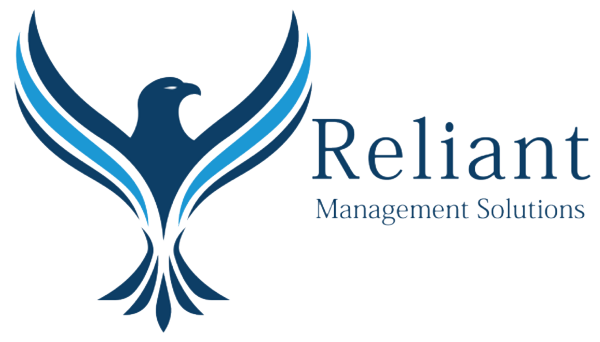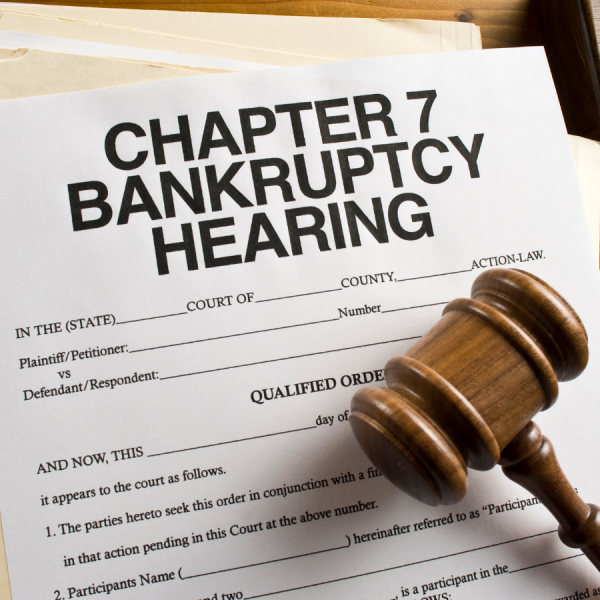Embarking on a journey to financial well-being requires a deep understanding of various aspects of personal finance. Among them, comprehending how credit card debt works is a crucial foundation for making informed decisions about your financial future. In this blog post, we will explore the mechanisms of credit card debt, shedding light on its workings and empowering you to take charge of your financial destiny.
1. The Basics: How Credit Card Debt Accumulates
Credit Card Purchases: When you make purchases using your credit card, you are essentially borrowing money from the card issuer to cover those expenses.
Interest Charges: If you don’t pay the full balance by the due date, the remaining amount incurs interest. Credit cards have an Annual Percentage Rate (APR) that determines the cost of borrowing.
2. Minimum Payments and Interest:
Minimum Payments: Credit card statements typically specify a minimum amount you must pay each month. While this keeps your account in good standing, paying only the minimum extends the time it takes to clear the debt and increases the total interest paid.
Compound Interest: Credit card interest compounds, meaning you are charged interest not only on the principal amount but also on the accumulated interest.
3. Credit Utilization:
Credit Limit: Each credit card comes with a credit limit, which represents the maximum amount you can borrow. Using a high percentage of your credit limit can negatively impact your credit score.
Credit Score Impact: Credit utilization is a significant factor in your credit score calculation. Keeping your credit card balances below 30% of the credit limit is generally recommended.
4. Grace Periods and Due Dates:
Grace Period: Most credit cards offer a grace period during which you can pay the balance in full without incurring interest. Understanding this period is key to avoiding unnecessary interest charges.
Due Dates: Missing a due date can result in late fees and potentially trigger higher interest rates.
5. Strategies for Managing Credit Card Debt:
Pay in Full: Whenever possible, pay the full balance by the due date to avoid interest charges.
Budgeting: Create a realistic budget to ensure you can cover essential expenses and allocate funds for debt repayment.
Emergency Fund: Having an emergency fund can prevent reliance on credit cards for unexpected expenses.
6. High-Interest Debt and Payoff Strategies:
Prioritize High-Interest Debt: If you have multiple credit cards, focus on paying off the ones with the highest interest rates first.
Debt Snowball or Avalanche: Consider debt payoff methods like the debt snowball (paying off smallest balances first) or debt avalanche (tackling highest interest rates first).
7. Financial Education and Empowerment:
Continuous Learning: Stay informed about personal finance, credit, and debt management. Financial literacy empowers you to make informed decisions.
Seek Guidance: Don’t hesitate to seek advice from financial experts, counselors, or resources that provide insights into managing credit card debt effectively.
Conclusion:
Understanding how credit card debt works is a pivotal step towards financial empowerment. By grasping the intricacies of credit card mechanics, you gain the knowledge needed to make sound financial decisions, reduce debt, and pave the way for a more secure and prosperous future. Taking charge of your financial destiny begins with knowledge and continues with thoughtful, informed actions.






Recent Comments